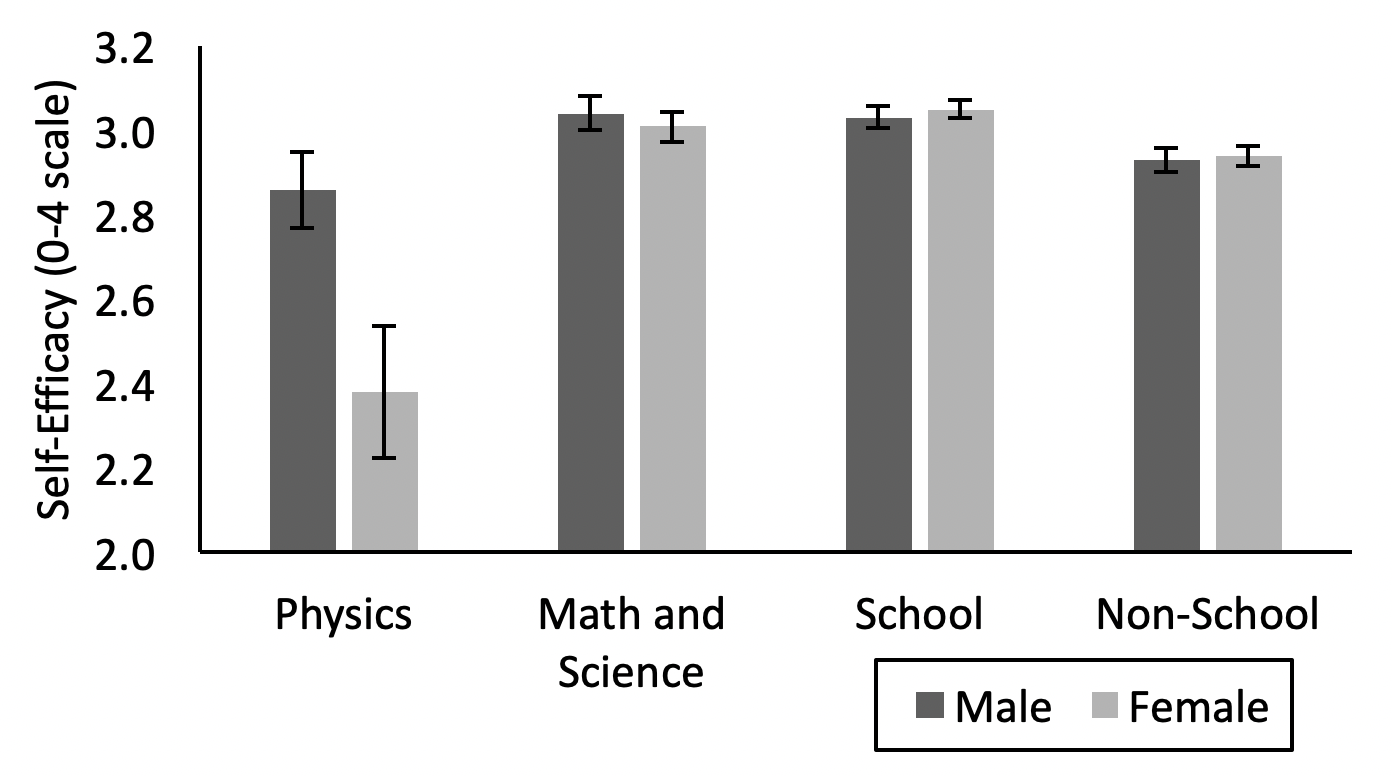ABSTRACT
Quantitative critical (QuantCrit) methods, seek to apply Critical Race Theory and its tenets to quantitative research to better identify and address oppression. At the same time, statisticians and scientists are pointing out problematic practices in the sciences, from the improper use of p-values to unconscious decisions that manipulate research findings. I will discuss ways QuantCrit guides my ongoing equity research, from the way I collect and handle data to how I build and interpret statistical models. To extend this discussion to future work, I will describe how these principles apply to three research projects extending from my current work. 1) Using the experience sampling method to investigate situations where college physics courses may induce stereotype threat. 2) Exploring how the Learning Assistant Model may support more students from historically minoritized groups passing introductory physics courses. 3) And, supporting instructors pursuing equity in their courses through a low-stakes, cognitive diagnostic - computerized adaptive test to inform student skill and knowledge development in introductory physics courses.

Fig. 1. Self-efficacy experienced in high school courses (Nissen, PhysRev PER, 2019). The lower levels in physics indicates the physics learning environment may induce stereotype threat in female students. Error bars represent 1 standard error.
Racism and Sexism in Gateway
Science Courses
Professional societies call on their members to support diversity,
equity, and inclusion. To meet this goal, introductory college
courses need to repay the educational debts society owes due to
racism and sexism. We investigated the size of and changes in
society’s educational debts in conceptual knowledge in
introductory chemistry, biology, and physics courses for majors
using a critical quantitative framework. The courses used
collaborative, student-centered pedagogies often with the support
of undergraduate learning assistants. We analyzed data from 22,520
students in 328 courses at 34 institutions collected with the
LASSO platform using Bayesian hierarchical linear models. Across
all three disciplines, society owed the largest educational debts
to Black and Hispanic women. Physics instruction maintained these
debts, chemistry instruction moderately repaid them, and biology
instruction added to them.

Fig. 2. Society owes smaller
educational debts before instruction in biology courses than in
physics and chemistry course. These educational debts, however,
increase in biology courses.